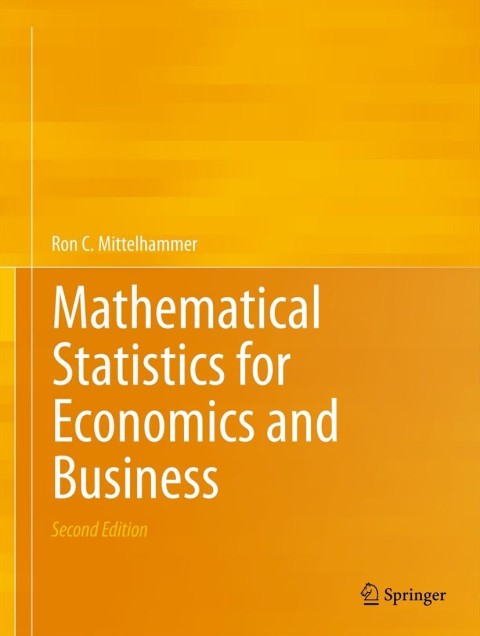Let (left(X_{1}, ldots, X_{n}ight)) be iid random variables with (sigma^{2}
Question:
Let \(\left(X_{1}, \ldots, X_{n}ight)\) be iid random variables with \(\sigma^{2}<\infty\). We know from Khinchin's WLLN that
\(\bar{X}=n^{-1} \sum_{i=1}^{n} X_{i} \xrightarrow{\mathrm{p}} u\).
(a) Find a functional relationship between \(n, \sigma\), and \(\varepsilon\) such that
\(P(\bar{x} \in(\mu-\varepsilon, \mu+\varepsilon)) \geq .99\).
(b) For what values of \(n\) and \(\sigma\) will an outcome of \(\bar{X}\) be within \(\mp .1\) of \(\mu\) with probability \(\geq .99\) ? Graph this relationship between the values of \(n\) and \(\sigma\).
(c) If \(\sigma=1\), what is the value of \(n\) that will ensure that the outcome of \(\bar{X}\) will be within \(\mp .1\) of \(\mu\) with probability \(\geq .99\) ?
(d) If \(\sigma=1\), and the \(X_{i}\) 's are normally distributed, what is the value of \(n\) that will ensure that the outcome of \(\bar{X}\) will be within \(\mp .1\) of \(\mu\) with probability \(=.99\) ?
Step by Step Answer:

Mathematical Statistics For Economics And Business
ISBN: 9781461450221
2nd Edition
Authors: Ron C.Mittelhammer




